Can you freeze mushrooms? This question has puzzled many home cooks who find themselves with an abundance of fresh fungi that they can't use before spoilage sets in. The short answer is yes, you absolutely can freeze mushrooms, and when done correctly, this preservation method can extend their shelf life from a mere week in the refrigerator to up to 12 months in the freezer. However, the key to success lies in understanding the proper techniques, preparation methods, and best practices that ensure your frozen mushrooms retain their flavor, texture, and nutritional value.
Most fresh mushrooms last for about 1 week in the refrigerator before they start showing signs of deterioration, such as becoming soft, brown, or slimy. Freezing mushrooms offers an excellent solution to reduce food waste, save money by buying in bulk, and ensure you always have these versatile ingredients on hand for your favorite recipes.
Why Freeze Mushrooms: The Benefits You Need to Know
Extending Shelf Life and Reducing Waste
The primary reason to consider freezing mushrooms is the dramatic extension of their usable life. While fresh mushrooms have a shelf life of about a week by the time they make it to your refrigerator, properly frozen mushrooms can last 6-12 months in the freezer. This preservation method can be particularly valuable when you find mushrooms on sale or purchase more than you can immediately use.
Reducing waste is especially important given that expired mushrooms often end up in the trash rather than being composted. By learning how to freeze mushrooms effectively, you can maximize your food investment and minimize environmental impact.
Cost Savings and Bulk Purchasing
Buying mushrooms in bulk typically translates to significant money savings. When you know how to properly freeze mushrooms, you can take advantage of seasonal sales, farmer's market deals, or bulk pricing at warehouse stores. Stock up on mushrooms during a sale, and stash a few frozen bags away to get your money's worth throughout the year.
Convenience and Meal Preparation
Having frozen mushrooms on hand provides ultimate convenience for meal preparation. Some days, convenience is king, and what's better after a long hard day than having cooked and ready-to-use mushrooms at your fingertips? Pre-prepared frozen mushrooms can instantly add nutrients and flavor to soups, casseroles, pasta dishes, and stir-fries without the need for fresh shopping trips.
Understanding How Freezing Affects Mushrooms
Texture and Moisture Considerations
Before diving into freezing techniques, it's crucial to understand how the freezing process affects mushrooms. Mushrooms contain an extremely high water content, typically 80-90% water, which makes them particularly susceptible to texture changes during freezing and thawing.
While you can freeze raw mushrooms, given their high water content, they can become mushy when thawed. This texture change occurs because ice crystals form within the mushroom's cellular structure during freezing, and when these crystals melt during thawing, they can rupture cell walls, leading to a softer, sometimes mushy texture.
Nutritional Impact
Freezing can affect the nutritional content of mushrooms, though the impact is generally minimal when proper techniques are used. While freezing doesn't affect the calorie, fiber, or mineral content of foods, it can reduce the content of water-soluble vitamins like riboflavin, niacin, and folate. However, if you freeze mushrooms the right way, you get similar nutritional benefits to fresh benefits.
Flavor Preservation
Properly frozen mushrooms can maintain much of their original flavor profile, especially when prepared using recommended pre-freezing techniques. The key is to start with the freshest possible mushrooms and use appropriate preparation methods that preserve flavor compounds while minimizing texture degradation.

Raw vs. Cooked: Which Method Is Best?
The Case for Cooking Before Freezing
The overwhelming consensus among culinary experts is that mushrooms should be cooked before freezing for optimal results. It is always better to freeze mushrooms after they have been cooked instead of trying to freeze them fresh because they have such a high moisture content.
Cooking mushrooms before freezing offers several advantages. First, it removes excess moisture, which helps prevent the mushy texture that plagued frozen raw mushrooms. Second, cooking can concentrate flavors, making the frozen mushrooms more flavorful when used in recipes. Third, pre-cooking saves time during meal preparation since the mushrooms are already partially prepared.
When Raw Freezing Might Work
You can freeze mushrooms raw and skip the steaming or sautéing step. However, frozen raw mushrooms tend to become very mushy when cooked since they absorb a lot of water. If you are using them in hot dishes like blended soups or casseroles where their texture doesn't matter, then you can freeze them raw without concern.
Raw freezing works best for specific mushroom varieties. Hen of the woods mushrooms, maitake mushrooms, and wild mushrooms in the slimy-capped Suillus genus are best frozen raw because their high moisture content makes them difficult to dehydrate through cooking methods.
Step-by-Step Guide: How to Freeze Mushrooms Properly
Selection and Preparation
Choose Quality Mushrooms The fresher mushrooms are when you freeze them, the better they'll keep in the freezer. Fresh mushrooms have a firm texture and pleasant earthy smell, plus they're free of mushy or dark spots. Only freeze mushrooms that are in good condition, avoiding any that are dry, shriveled, darkened, moldy, have bad spots, or give off an unpleasant odor.
Cleaning Process Before freezing mushrooms, brush off any visible dirt using a damp paper towel, soft brush, or pastry brush. Many people are tempted to wash mushrooms before freezing them, but this tends to make them mushier when cooked. For lightly soiled mushrooms, a simple brush with a damp paper towel or a soft mushroom brush will suffice.
If the mushrooms are particularly dirty, a quick, light rinse under cold water may be necessary. Be cautious not to soak them, as mushrooms are porous, and excessive water can make them mushy. Always dry thoroughly after any water contact.
Sizing and Cutting Trim any woody parts from the stems and cut larger mushrooms into uniform pieces. Mushrooms more than one inch across should be sliced or quartered. Small mushrooms like button mushrooms can be kept whole, but most other mushrooms should be cut into slices or quarters to ensure even cooking and freezing.
Cooking Methods Before Freezing
Steam Blanching Method
Steam blanching is a quick cooking process that helps preserve produce before it's frozen. It works by destroying enzymes that can increase how quickly foods spoil. An added benefit of steam blanching is that it inactivates Listeria and Salmonella, two common foodborne bacteria.
To steam blanch mushrooms:
- Soak mushrooms in a solution of 2 cups water and 1 teaspoon lemon juice for 5-10 minutes to prevent discoloration
- Bring a pot of water to boil and place a steamer basket inside
- Add mushrooms to the basket and steam for 3-5 minutes (timing varies by size)
- Immediately transfer to an ice water bath for the same duration as steaming
- Drain thoroughly and pat dry
Steamed mushrooms have a longer freezer life than sautéed mushrooms and can last up to 12 months when properly stored.
Sautéing Method
Sautéing is a method of dry heat cooking that uses a small amount of fat and relatively high temperature to soften and brown food quickly. This method may prevent the loss of B vitamins and improve the absorption of antioxidants.
To sauté mushrooms for freezing:
- Heat a small amount of neutral oil or butter in a large skillet over medium-high heat
- Add mushrooms and cook for approximately 5 minutes
- Cook until mushrooms are fork-tender and most liquid has evaporated
- Remove from heat and allow to cool completely
The mushrooms should become tender but not squishy, and the pan should be mostly dry when cooking is complete.
Flash Freezing Technique
Flash freezing is crucial for preventing mushrooms from clumping together and ensuring easy portion control when using frozen mushrooms.
Flash Freezing Process:
- Spread cooled, cooked mushrooms on a parchment-lined baking sheet in a single layer
- Ensure pieces do not overlap or touch each other
- Place the baking sheet in the freezer for 1-2 hours until mushrooms are completely frozen
- Use a spatula to carefully remove frozen mushrooms from the sheet
Final Storage:
- Transfer flash-frozen mushrooms to freezer-safe bags or containers
- Remove as much air as possible to prevent freezer burn
- Label with date and type of mushroom
- Store in freezer for up to 6-12 months
Freezing Different Types of Mushrooms
Button, Cremini, and Portobello Mushrooms
These common varieties, which are actually the same species at different stages of maturity, freeze well using either steaming or sautéing methods. Most store-bought mushrooms (like button mushrooms, creminis, and portobello) can be frozen raw or cooked, though cooking before freezing yields better results.
For portobello mushrooms, remove the stem and scrape out the dark gills before preparation, as the gills can develop a bitter taste and cause discoloration. Cut into strips or chunks rather than trying to freeze whole caps.
Shiitake Mushrooms
Shiitake mushrooms require special attention due to their tough, leathery stems. Remove stems completely by pinching firmly at the base where it meets the cap and gently prying off. The stems are inedible and should be discarded or saved for stock.
Cut shiitake caps into quarters for larger specimens or slice thinly across the cap. These mushrooms benefit from longer cooking times (10+ minutes) to achieve proper tenderness before freezing.
Oyster Mushrooms
Oyster mushrooms come in clusters attached to a central stem. Use a sharp knife to carefully cut around the firm central stem, allowing individual caps to fall away. Discard the central stem or save for stock.
These delicate mushrooms have a shorter cooking time requirement. Don't cook tree oysters for more than 4 minutes, or they'll be overdone. Their delicate texture makes them ideal candidates for the sautéing method rather than steaming.
Specialty Mushrooms
Maitake (Hen of the Woods): These ruffled mushrooms can be frozen raw due to their high moisture content, or cooked for 15+ minutes before freezing for better texture retention.
Chanterelles: Should always be cooked before freezing to avoid developing a bitter taste upon thawing. Their delicate nature requires gentle handling and minimal cooking time.
King Oyster Mushrooms: These large, meaty mushrooms benefit from slicing into strips or rounds and sautéing until golden before freezing.
Storage Guidelines and Freezer Life
Optimal Storage Conditions
Proper storage is crucial for maintaining quality and preventing freezer burn. Since they have a high water content, mushrooms are more prone to freezer burn than other foods. Use high-quality freezer bags or airtight containers, removing as much air as possible before sealing.
Storage Timeline:
- Cooked frozen mushrooms: 9-12 months maximum quality
- Raw frozen mushrooms: 6 months maximum quality
- Steam-blanched mushrooms: Up to 12 months
- Sautéed mushrooms: 9-10 months
Frozen mushrooms should be used within a year, though sooner is better for optimal quality. While they remain safe to eat beyond these timeframes, quality and flavor may diminish significantly.
Preventing Freezer Burn
To minimize freezer burn risk:
- Use vacuum-sealing equipment when available
- Double-wrap in freezer bags for extra protection
- Maintain consistent freezer temperature (0°F or below)
- Store in the main freezer compartment, not the door
- Label packages with contents and date
How to Use Frozen Mushrooms
Cooking Directly from Frozen
One of the advantages of properly frozen mushrooms is that they typically don't need to be thawed before use. Frozen mushrooms should not need to be thawed before being added to recipes. You can stir them right into a soup, risotto, casserole, or pasta dish.
Add frozen mushrooms directly to:
- Soups and stews during cooking
- Pasta dishes while sauce is simmering
- Stir-fries (add towards end of cooking)
- Rice and grain dishes while liquid is absorbed
- Pizza toppings (they'll release moisture during baking)
- Casseroles and baked dishes
When Thawing Is Necessary
Some preparations benefit from thawed mushrooms:
- If recipe calls for room temperature ingredients
- When texture is important (like in salads)
- For dishes requiring precise timing
- When incorporating into uncooked preparations
To thaw frozen mushrooms, transfer them to the refrigerator overnight. Mushrooms don't fare well when thawed at room temperature, as they may become soggy and develop off-flavors.
Best Applications for Frozen Mushrooms
Frozen mushrooms work best in cooked applications where texture changes are less noticeable:
Excellent Uses:
- Soups, broths, and stews
- Pasta sauces and gravies
- Risottos and grain dishes
- Casseroles and baked dishes
- Blended soups where texture isn't crucial
- Meat substitutes in cooked dishes
- Pizza and flatbread toppings
Avoid Using Frozen Mushrooms For:
- Raw preparations (salads, garnishes)
- Dishes where crisp texture is essential
- Standalone sautéed mushroom dishes
- Stuffed mushroom preparations
- Applications requiring structural integrity

Troubleshooting Common Freezing Problems
Mushy Texture Issues
If your frozen mushrooms turn out mushy, the likely causes include:
- Freezing mushrooms that weren't fresh to begin with
- Inadequate pre-cooking before freezing
- Improper thawing methods
- Over-washing before freezing
Solutions:
- Start with the freshest possible mushrooms
- Always cook before freezing (except specific varieties)
- Use directly from frozen when possible
- Limit water exposure during cleaning
Flavor Loss or Off-Flavors
Flavor problems typically stem from:
- Freezer burn due to poor packaging
- Storage beyond recommended timeframes
- Temperature fluctuations in freezer
- Cross-contamination from other frozen foods
Prevention Strategies:
- Use proper packaging with minimal air exposure
- Maintain consistent freezer temperatures
- Use within recommended storage periods
- Store away from strongly flavored foods
Discoloration Problems
Mushroom darkening can occur due to:
- Enzyme activity before freezing
- Oxidation during preparation
- Improper blanching techniques
Prevention Methods:
- Use lemon juice solution during preparation
- Blanch properly with adequate timing
- Work quickly during preparation steps
- Store in light-proof containers
Special Considerations for Different Cooking Methods
Pressure Cooking with Frozen Mushrooms
Frozen mushrooms work exceptionally well in pressure cooker recipes since the high-pressure environment quickly breaks down any remaining ice crystals while preserving flavor. Add frozen mushrooms during the pressure cooking cycle rather than during natural release.
Slow Cooking Applications
Slow cookers provide ideal conditions for frozen mushrooms since the gradual heating process allows for even texture development. Add frozen mushrooms during the last 2-3 hours of cooking to prevent overcooking.
Grilling and High-Heat Methods
Avoid using frozen mushrooms for grilling or high-heat searing, as the ice crystals create steam that prevents proper browning and can result in a steamed rather than grilled flavor profile.
Nutritional Considerations
Preserving Nutritional Value
Properly frozen mushrooms retain most of their nutritional benefits, including protein, fiber, minerals, and many vitamins. To maximize nutritional retention:
- Minimize cooking time before freezing
- Use steam blanching rather than boiling
- Store at consistent low temperatures
- Use within recommended timeframes
Vitamin Content Changes
While some water-soluble vitamins may decrease during freezing and storage, the overall nutritional impact is minimal compared to the benefits of having preserved mushrooms available year-round. The convenience of frozen mushrooms often leads to increased consumption, which can offset minor nutritional losses.
Economic Benefits of Freezing Mushrooms
Cost-Benefit Analysis
Freezing mushrooms provides significant economic advantages:
- Bulk purchasing savings: 20-40% cost reduction
- Reduced waste from spoilage: Up to 100% waste elimination
- Seasonal price advantage: Stock up during low-price periods
- Convenience factor: Reduces frequent shopping trips
Long-term Savings
A typical household can save $200-400 annually by properly freezing mushrooms purchased during sales or in bulk. This savings comes from both reduced per-unit costs and elimination of spoilage waste.
Conclusion: Mastering the Art of Mushroom Freezing
Can you freeze mushrooms? Absolutely, and mastering this preservation technique opens up a world of culinary convenience and economic benefits. The key to success lies in understanding that while you can freeze mushrooms raw, cooking them first—whether through steam blanching or sautéing—produces dramatically better results in terms of texture, flavor, and storage life.
The investment in time spent properly preparing mushrooms for freezing pays dividends in reduced food waste, lower grocery costs, and the convenience of having high-quality mushrooms available year-round. Whether you're taking advantage of seasonal sales, bulk purchasing opportunities, or simply trying to use up mushrooms before they spoil, proper freezing techniques ensure you'll have flavorful fungi ready for your favorite recipes.
Remember that different mushroom varieties may require slightly different approaches, but the fundamental principles remain consistent: start with fresh, high-quality mushrooms, clean them properly without excess water exposure, cook them appropriately before freezing, use flash-freezing techniques to prevent clumping, and store them in airtight, well-labeled containers.
While frozen mushrooms work best in cooked applications like soups, casseroles, pasta dishes, and stir-fries, their convenience and extended shelf life make them an invaluable addition to any home cook's freezer arsenal. With proper technique and storage, your frozen mushrooms can maintain their quality for 6-12 months, providing you with reliable access to these nutritious and flavorful ingredients whenever inspiration strikes.
The question "Can you freeze mushrooms?" has a resounding yes for an answer—and now you have all the knowledge needed to do it successfully.


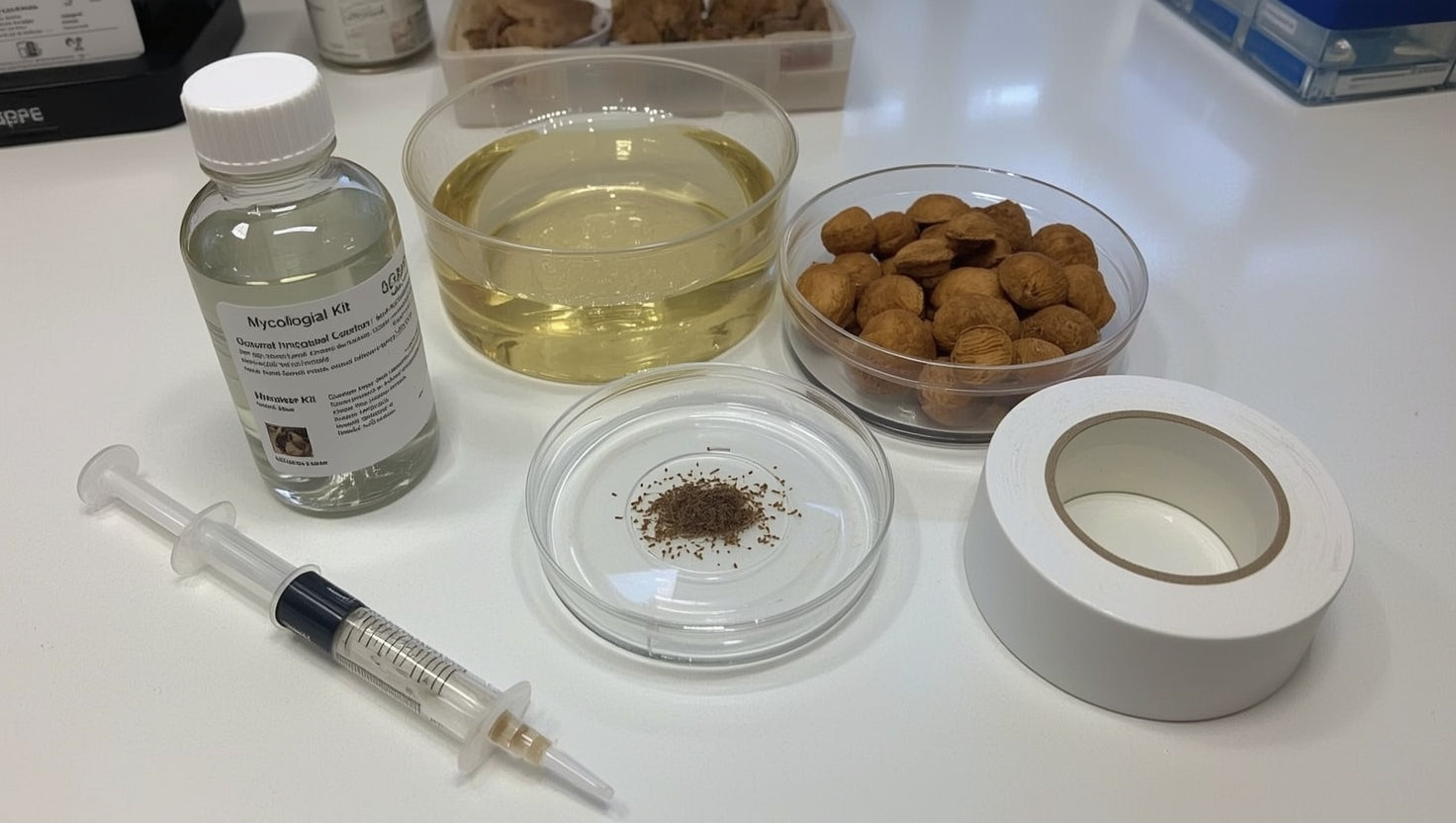
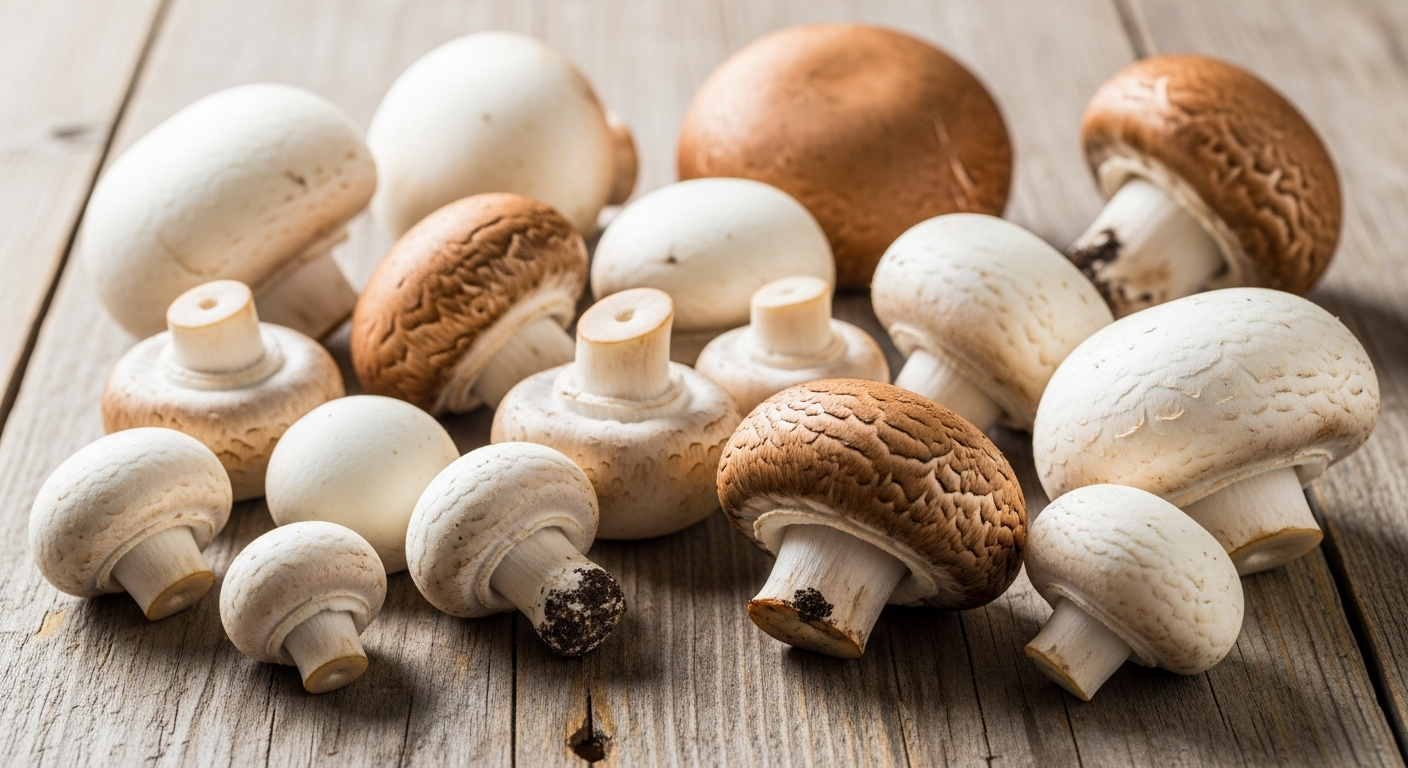
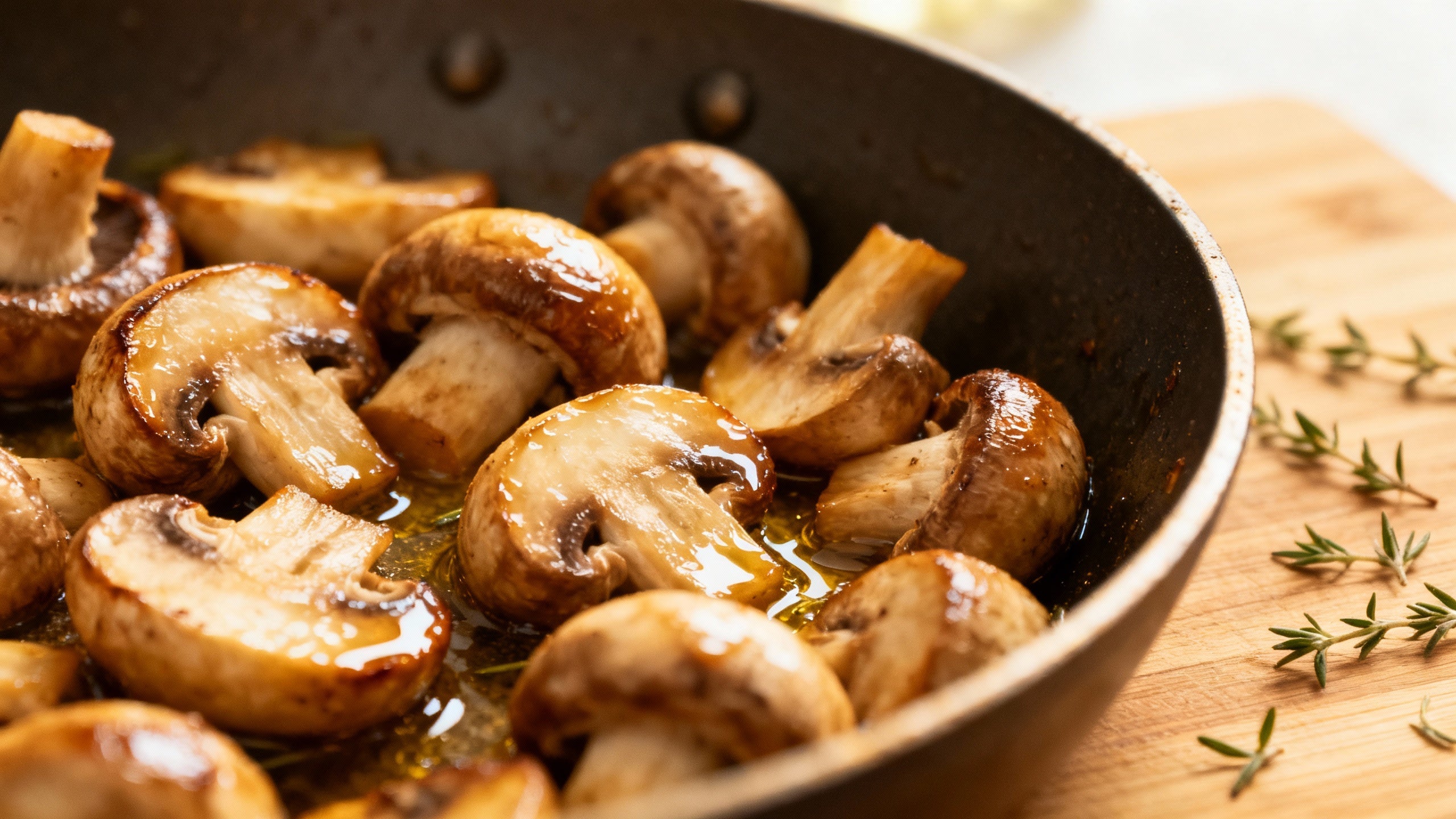
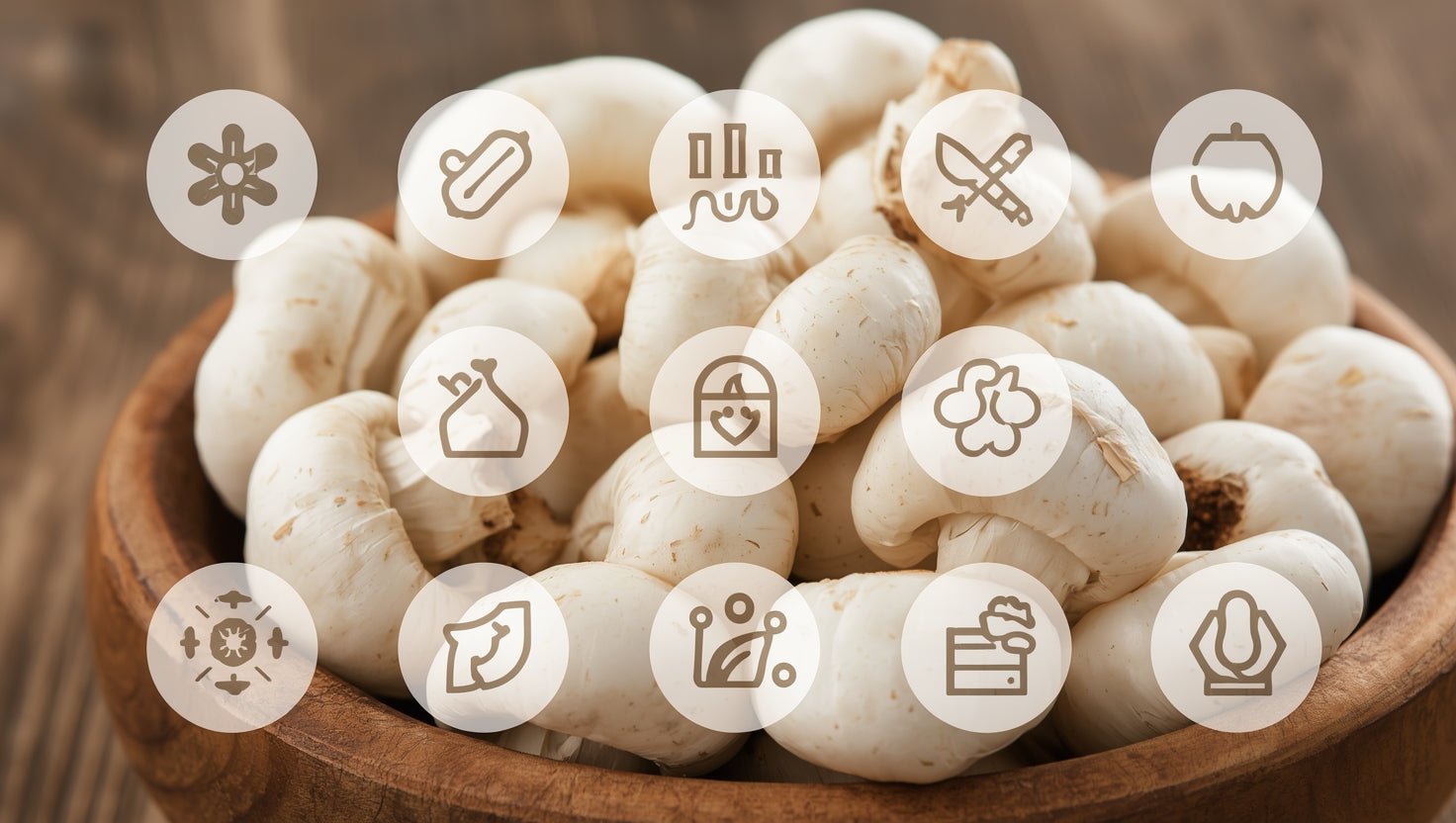
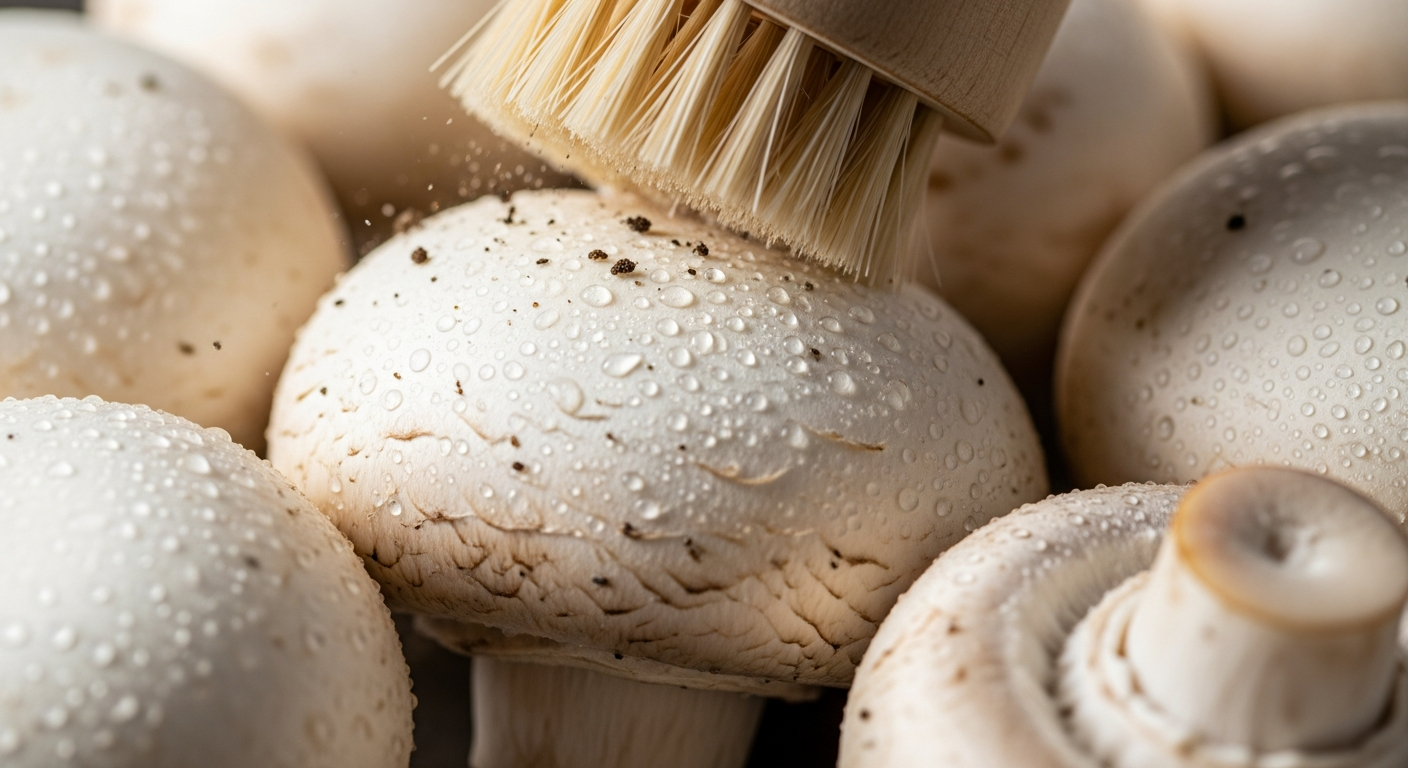
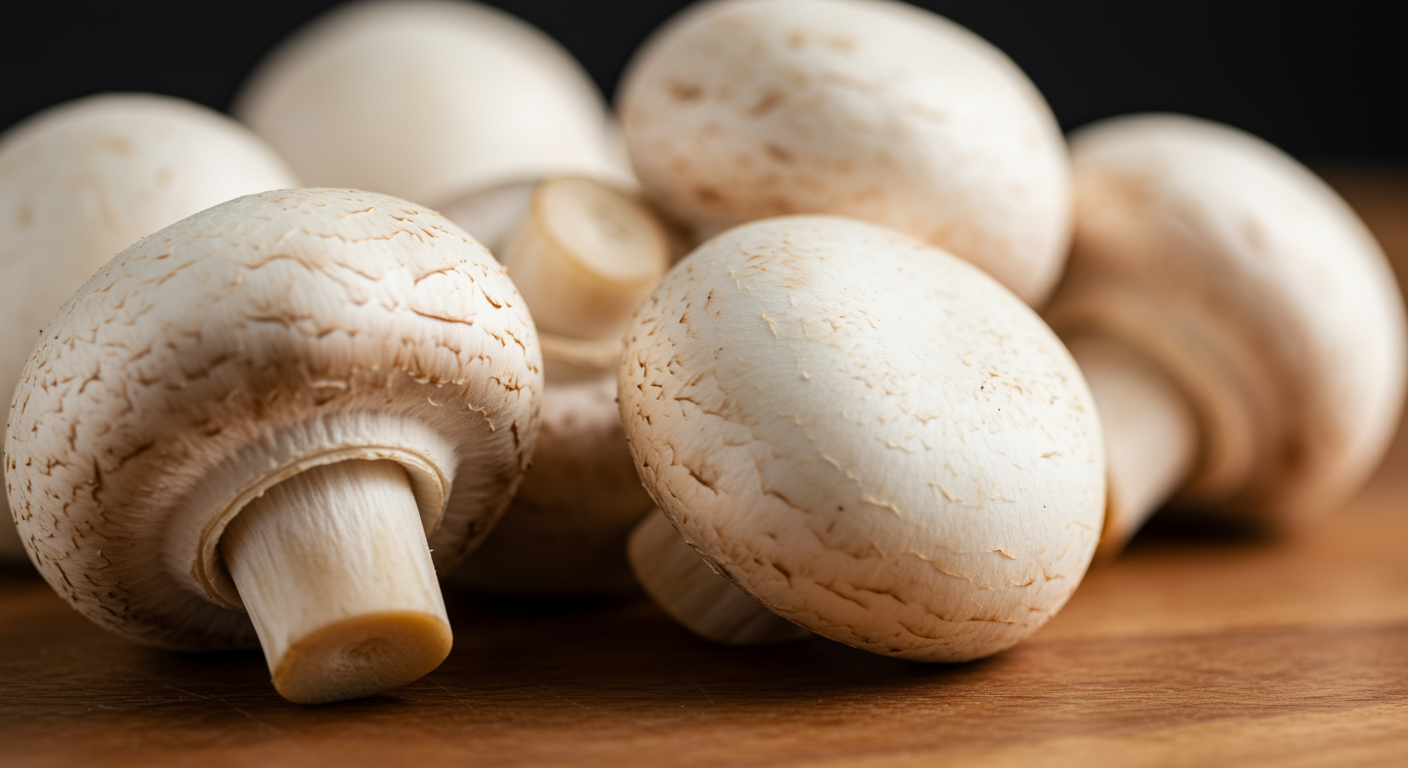
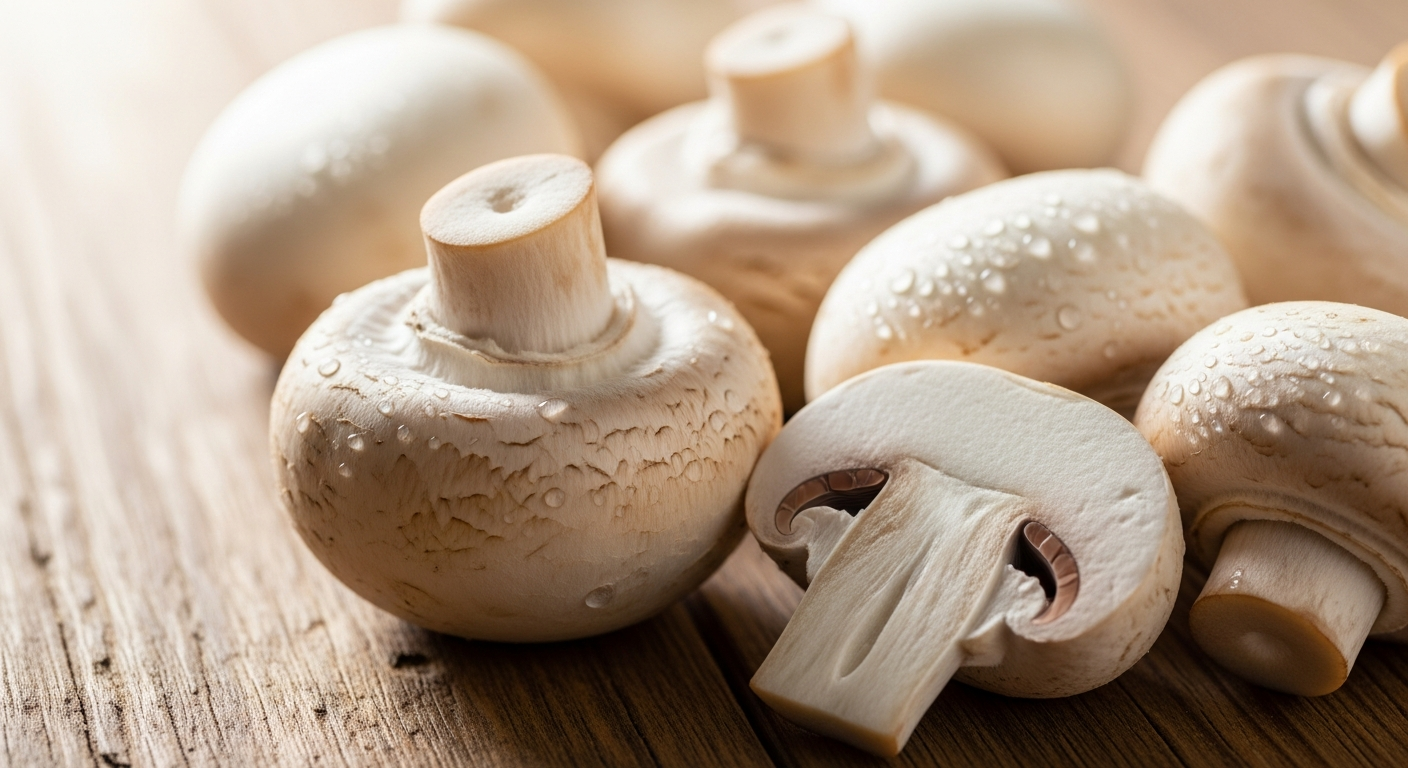
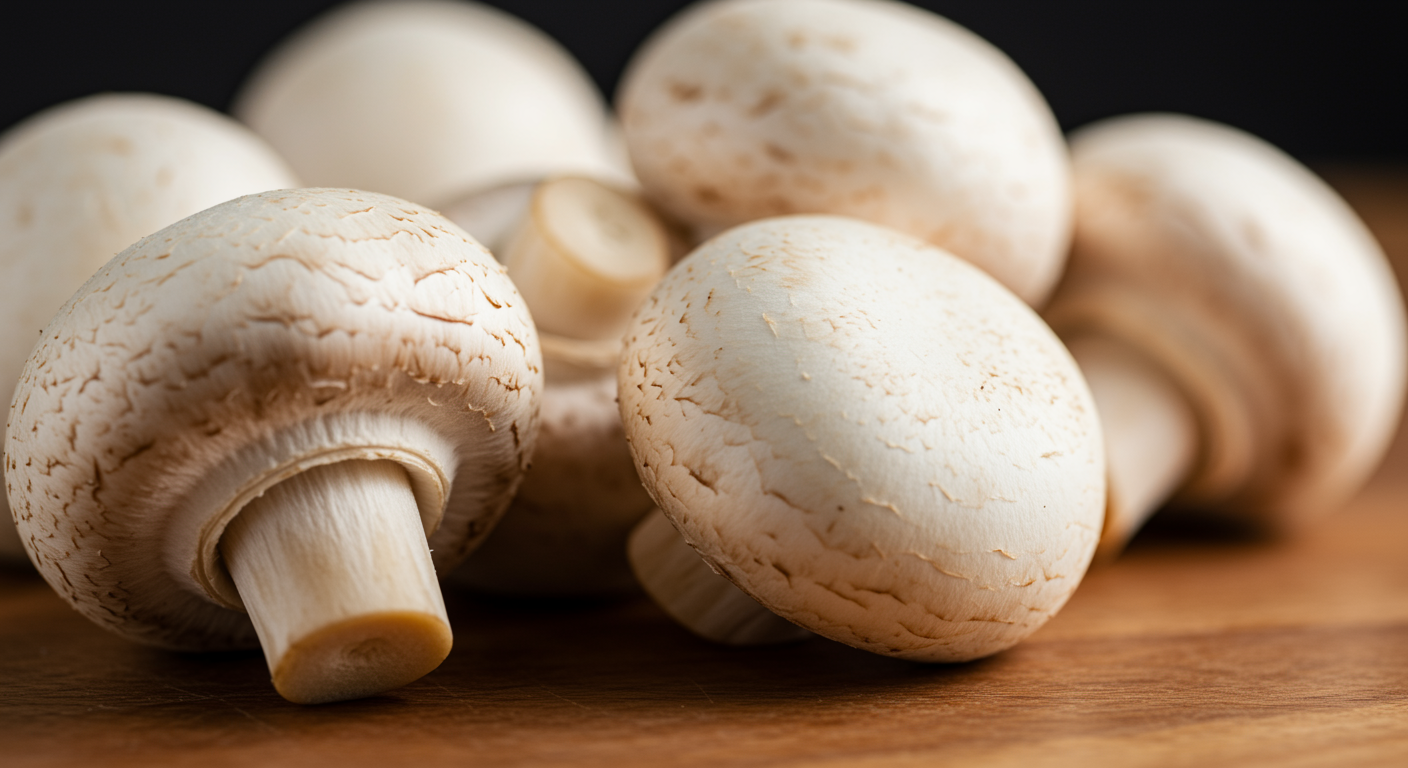
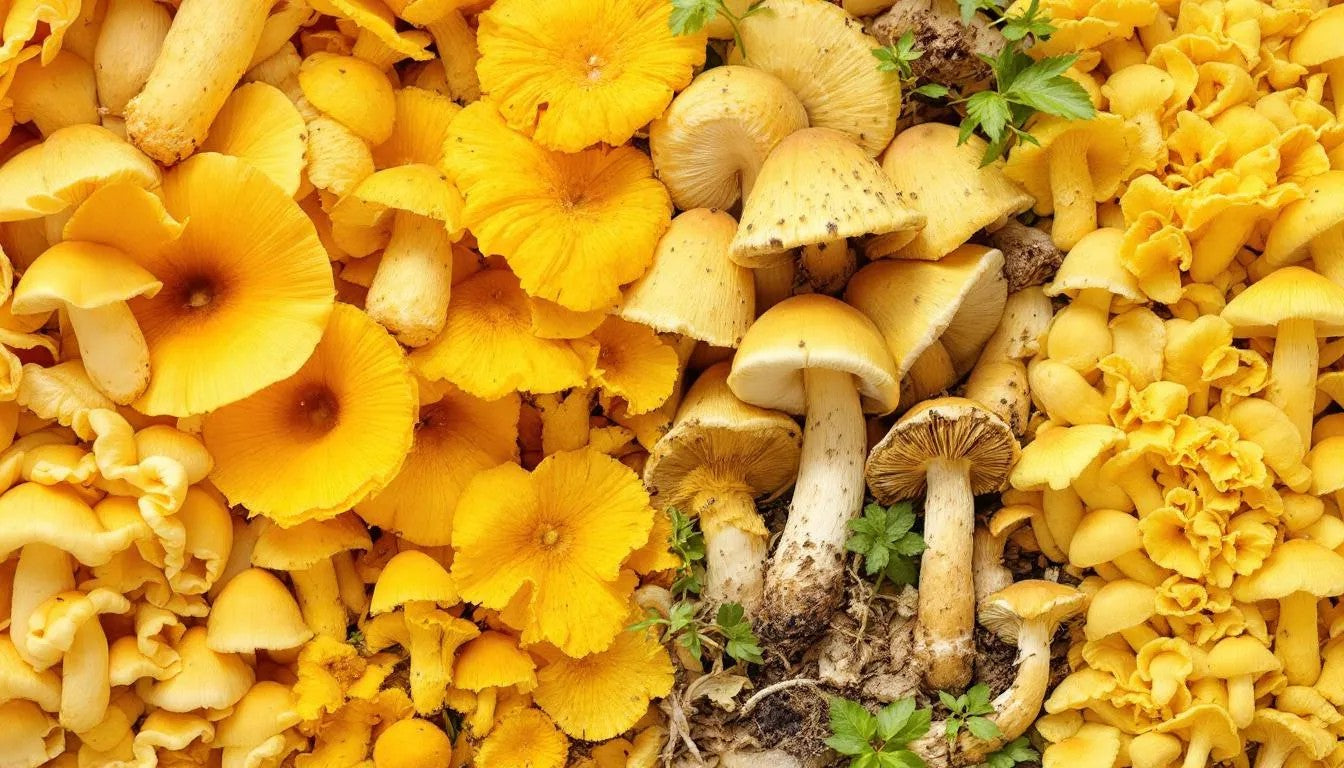

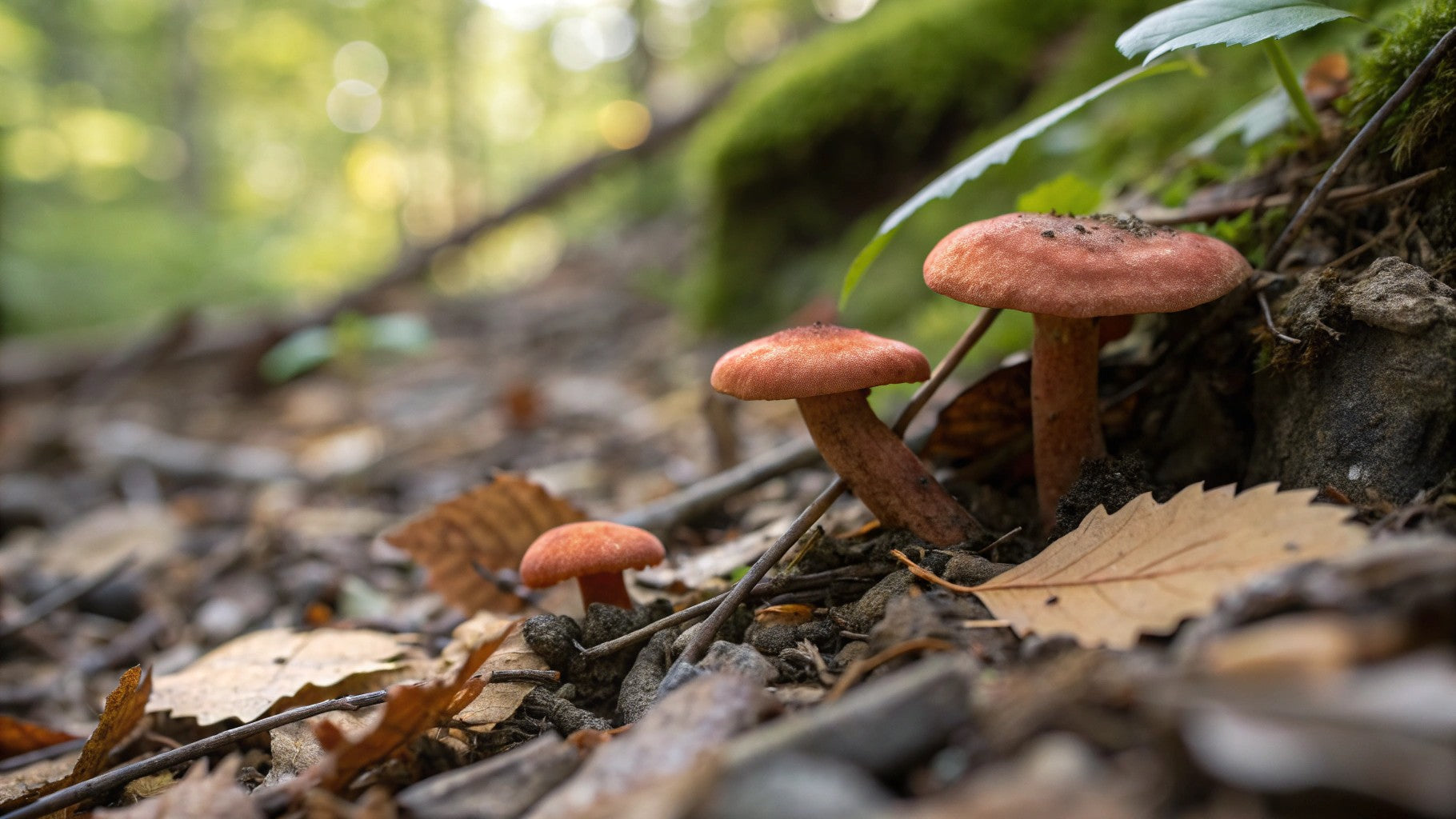
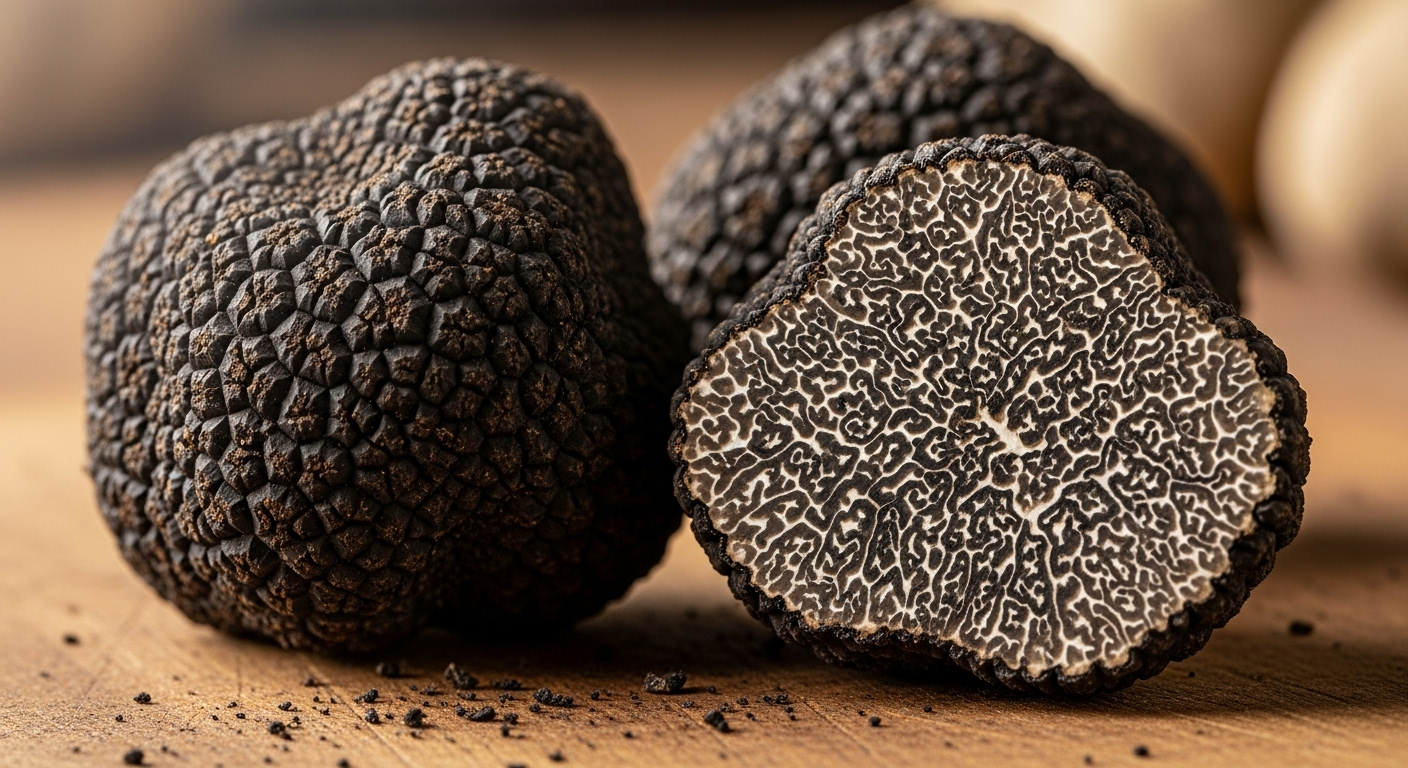
Share:
King Oyster Mushroom - Meaty Texture and Rich Flavor
Penis Envy Mushrooms: A Beginner's Guide to Growing at Home